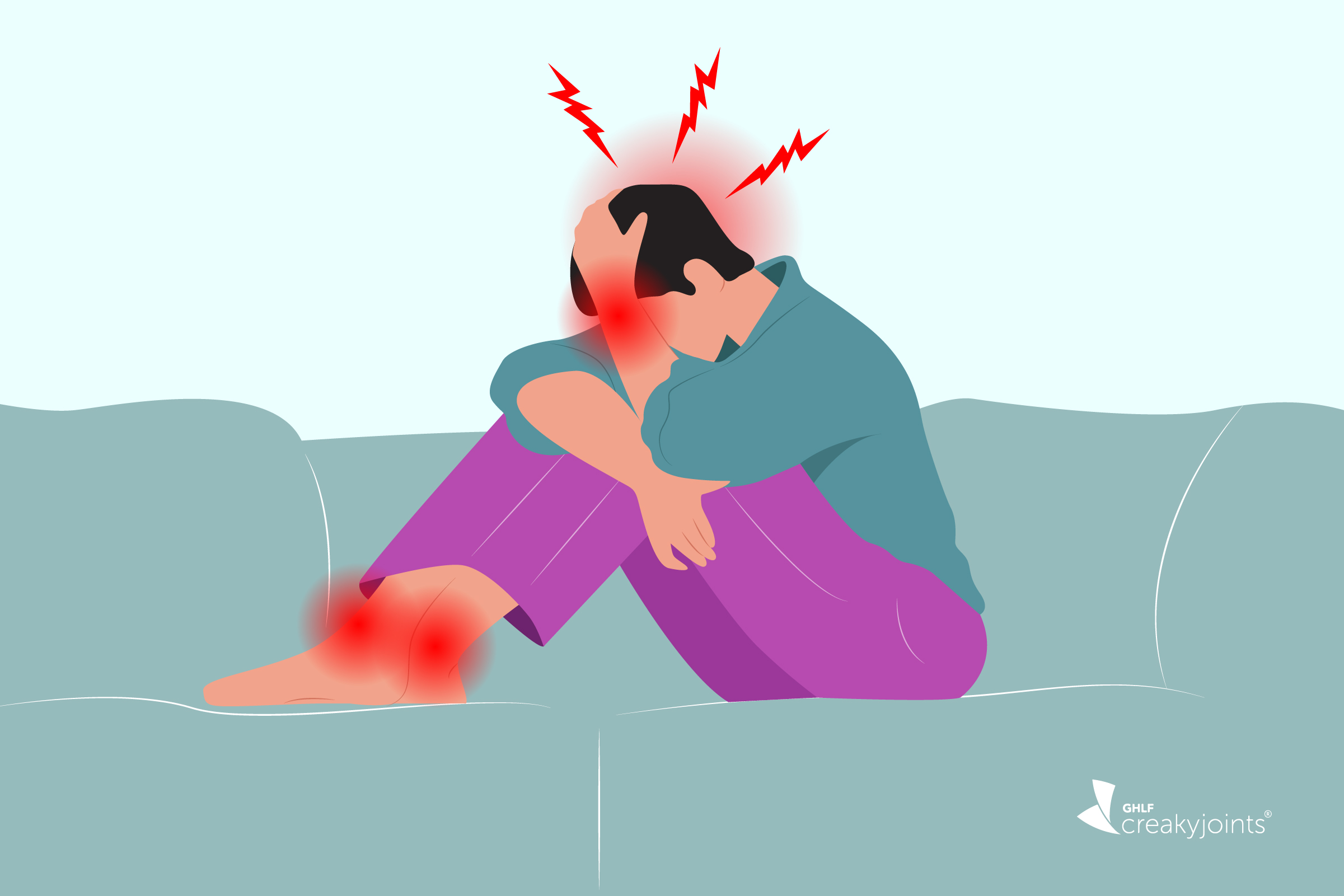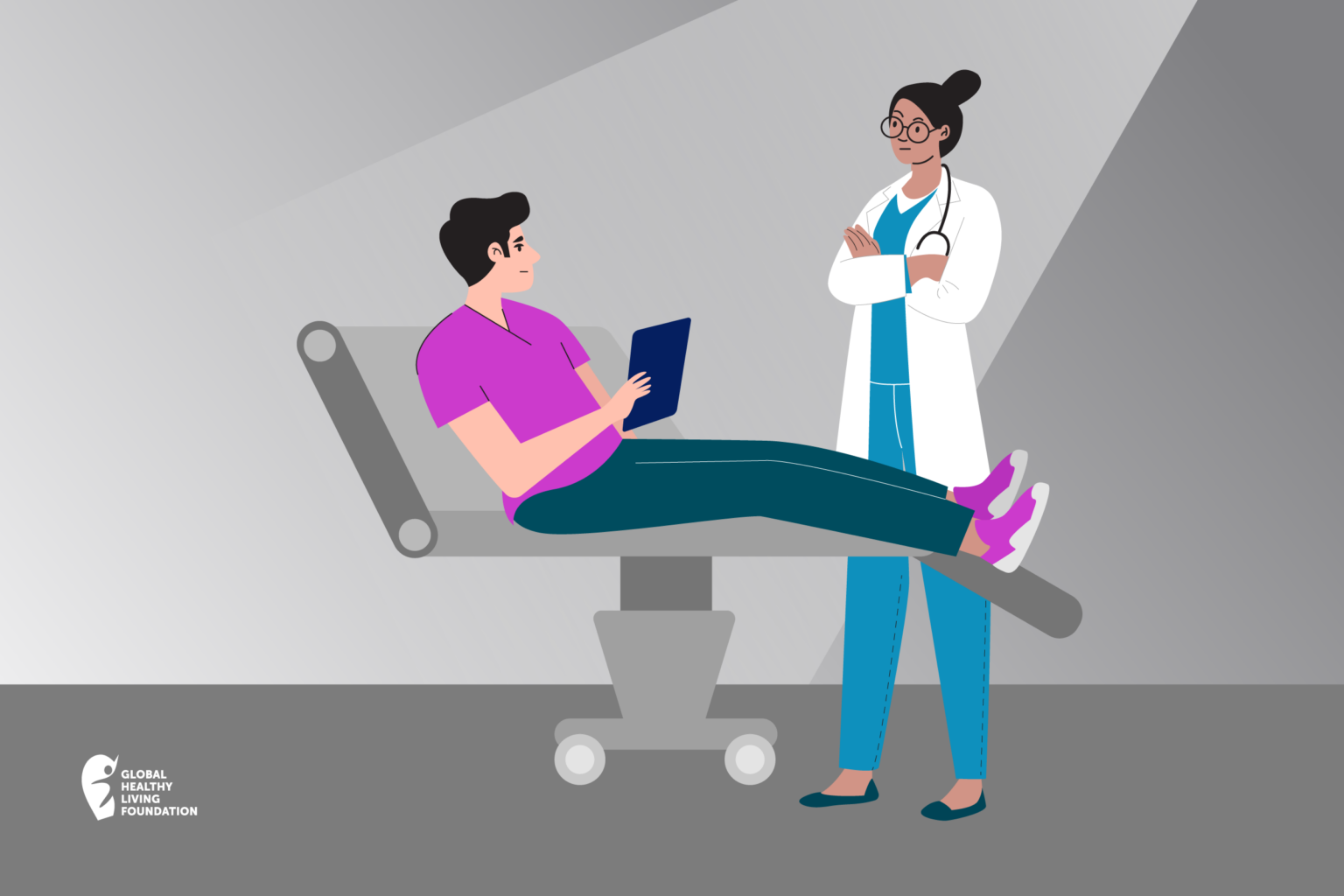50-State Network 2024 Impact
Jaime Sander’s Migraine Story: Blogging to Empower Others
Jaime Sander’s Migraine Story: Blogging to Empower Others
February 9, 2023
Kate Baldus

Jaime Sanders was diagnosed with migraine when she was 8 years old. Her mom, who also had migraine, recognized that her headache was not normal and took her to the doctor. “From the age of 8 until about 18 or 19 years old, I would fluctuate between mid to high frequency, with my attacks,” recalls Jaime. “It also depended on the time of year (the weather or the season), and mine are really exacerbated by physical exertion.”
In her youth, she mainly used over-the-counter drugs. In the 1980s and 1990s there were limited migraine medications, especially for children. But then her condition changed.
She was 23, married and pregnant with her third child. “That’s when I experienced it, during my first trimester, a migraine that would not go away,” she says. “I had never experienced daily migraine or headache before, so I thought there has to be something structurally wrong going on in my brain. This isn’t normal for me.”
Jaime’s OBGYN referred her to a neurologist who scheduled an MRI to see what was going on. “Nothing. My brain was fine. It’s weird to say, but I did feel a little defeated. If it’s just migraine there’s nothing I can do about, especially being pregnant. I’m not saying I wanted an aneurism or a tumor, but that’s more tangible, that’s something I can actually work with. Migraine, I can’t… I’m just stuck with that.”
Searching for Relief
By her second trimester, her migraine was no longer daily, but the attacks were stronger and lasted longer. She returned to the doctor for treatment, but had little luck finding anything that worked. “From 25 to 29 years old I was cycling through so many different medications and so many types of ways to prevent my migraine. I just wanted to get back to where I was before my last pregnancy,” she says.
By the age of 30, Jaime had daily intractable chronic migraine. The pain began to impact her mental health, so she sought the help of a pain management specialist. After six months of appeals to her health insurer, and one meeting with eight doctors, she was finally approved for a neuromodulation implant device, which delivers electrical or magnetic pulses to specific nerves or the brain.
“I basically had my life back for six to eight months…But then the migraine got hip to it, like ‘Oh, you’re trying to shut me down in the front.’ I started getting really severe occipital headaches.” This type of headache causes piercing, throbbing, or shock-like pain in the upper neck, back of the head, or behind the ears.
Jaime tried to adjust the setting and the programs, but nothing worked. After having the implant surgery, she didn’t want to immediately have surgery to remove it, but eventually she did. Now she manages her pain with Botox and nerve blocks, which she gets between the Botox treatments. The nerve blocks keep her at a manageable daily pain level and help elongate the Botox. She also has neuromodulation devices, which she uses off and on. And she is now getting the FDA-approved Vietpty infusion therapy every three months.
But she still has daily migraine.
“I equate my level of treatment right now to hospice care — like we’re just doing things to keep me comfortable, so it doesn’t get too bad,” she says. “When it does flare up, then I’m doing steroid tapers.”
Empowering Others
Three years into having daily migraine Jaime started The Migraine Diva blog, which touches on everything from her migraine advocacy to the need for self-care. The blog started as a way to connect with others who had chronic migraine and it was a perfect outlet for her love of writing, which stemmed from childhood. “I was writing poetry since I was 8, which is weird because that’s the same age I got diagnosed. My mother would say my poems were melancholic, but I think I was going through depression because my brain isolated me a lot as a kid. My way of expressing that was through writing poems.”
And the name The Migraine Diva? “Even though I have this really chronic debilitating disease, there are still parts of me that are fabulous. Things that I should embrace and uplift and really try to empower myself,” says Jaime, who loves fashion and creating different makeup looks with different color palettes. “I felt so lost in this migraine diagnosis, I needed something that was going to keep me anchored to myself.”
Community vs. Commercial Health Care
Growing up, Jaime went to a community health center in the Bronx that was “created by Black people for that community,” she says. “The people that created it were West Indian, from Jamaica. …. It was like the rainbow coalition; it was important that they looked like the people they were serving. It was normal for me from the age of 4 or 5, until I was 18 to be seen by a multi-cultural health care provider and staff.”
“I was comfortable there because it felt like I was with family — you just have that comfortability, you don’t have to worry about how you look, how you talk. You just know that you’re going to be heard.”
As Jaime got older and moved into the commercial health care system, she expected to receive the same care – but she didn’t. “I don’t have tons of times where there were blatant issues of disparity or implicit bias but there is a different level of cognition for me when I go into my appointments,” she says. “I realized as a migraine patient, that migraine is completely dismissed. And if you’re a woman with migraine, it’s like, ‘well, it’s not as bad as you say it is,’ and if you’re a Black woman, ‘you’re not supposed to really experience pain anyway,’” says Jaime. She recalls one neurologist who was “blatantly dismissive, flippant, blamed me for my pain,” she says.
Jaime knows her rights and how to advocate for herself, but not everyone else does. Part of the work she does now is to empower others.
Tips for Patient Self-Advocacy
Jaime believes that your relationship with your health care provider is not a dictatorship; it’s a partnership.
- Ask questions. “Even if you feel like it’s a dumb question or you feel like you may be judged, ask the questions.”
- Request to see your health records. “If you feel like your treatment is not progressing, and you feel like you’re saying something to your physician but it’s not being translated in the way you’re receiving care, request the doctor’s notes specifically, because if you can find any type of bias there, you can make a complaint and that can probably help you get to another doctor.”
- It’s OK to say “no” to your doctor. “You know in your gut when something doesn’t feel good. If you’re not comfortable with what your doctor is suggesting, it’s okay to decline that and say, ‘You know what, I’m not comfortable with that right now, this is what I would prefer.’”
- Seek out a doctor who is similar to you. “Sometimes if you’re of a marginalized group, finding a physician that is similar to how you identify is helpful.” For the first time in decades, Jaime’s primary care doctor is a Black woman. “She’s so thorough, our appointments are two or three hours long. Everyone deserves to have that level of intimacy and comfortability and mutual respect.”
Above all, Jaime wants fellow migraine patients to never forget their own value. “People are not their migraine or headache disorder, neither are they depression, anxiety, or any other mental health disorder, they’re not the personification of their symptoms,” she says. “And you are not to blame for the illnesses that you inherited or acquired.”
Hear From More Experts and Patients Living with Chronic Migraine
Hear more from Jaime and other people living with migraine on Talking Head Pain, a podcast that confronts head pain, head on. Brought to you by the Global Healthy Living Foundation and hosted by migraine advocate Joe Coe, this show explores how people living with migraine, cluster headache, and other types of intense pain find ways to better manage their disease. Listen here.
Download the Migraine Patient Guidelines
Vetted by both medical experts and people living with migraine disease, our Migraine Patient Guidelines offer clear, trusted information to make sense of all the treatment choices for migraine disease. Learn about the latest treatment options, get support for coping with migraine stigma at work and in your personal relationships, and learn more about how to be a migraine patient advocate. Learn more here.
SUBSCRIBE TO GHLF
RELATED POST AND PAGES
_
Was this article helpful?
YesNo






